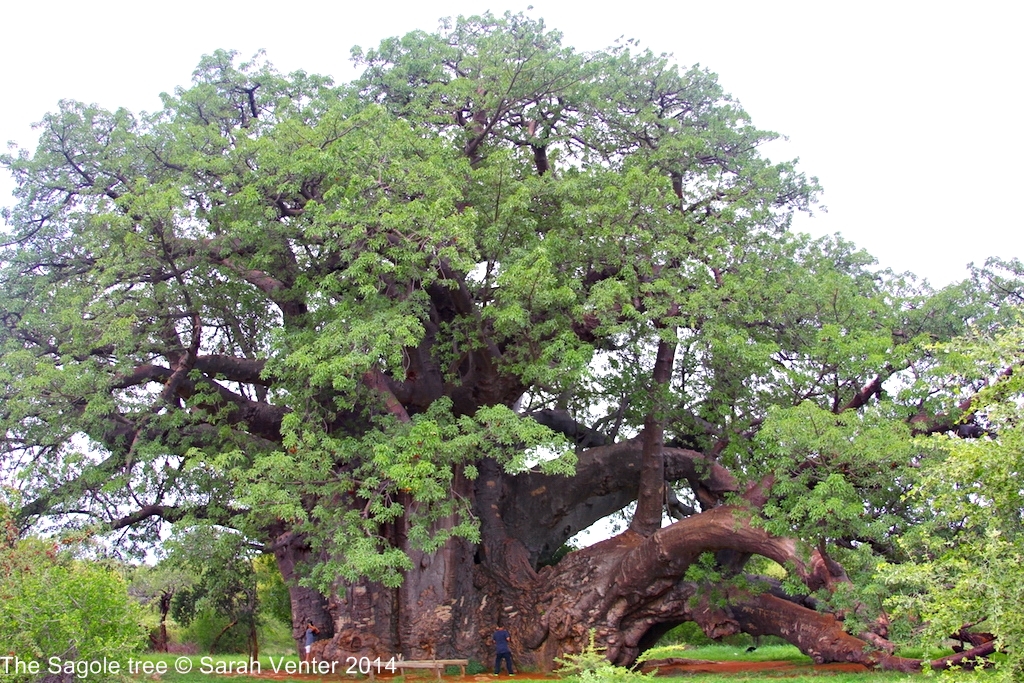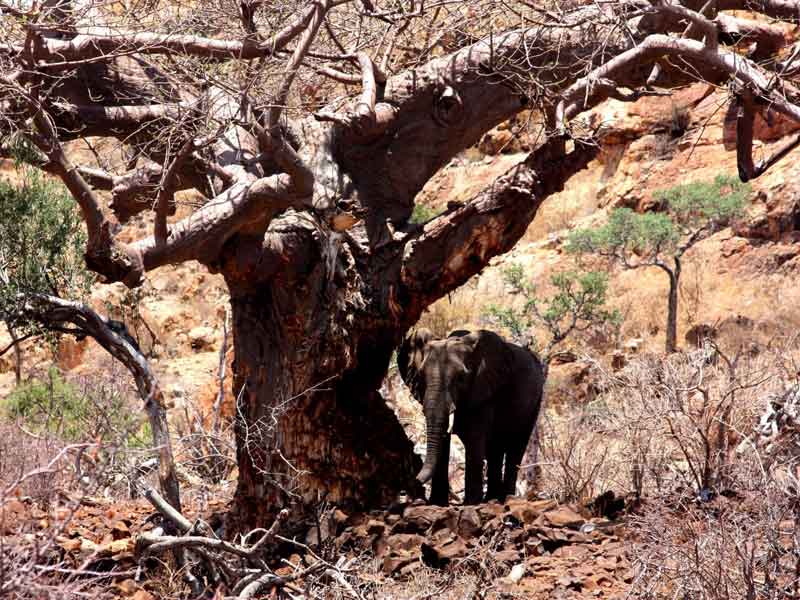African Baobab Alliance Congress
EcoProducts is delighted to be participating in the very first ‘Global Baobab Congress’ in Germany on the 11th of February. It’s being organised by the African Baobab Alliance (ABA) of which I’m a member and I’ll be talking to participants from around the world about long term ecological research into Baobab. There’s been increasing world-wide interest in Baobab products from consumers, food producers, scientists and NGO’s and the ABA was created in response to this growing interest.
Amongst other topics there’ll be talks on health benefits of Baobab, environmental protection, income generation from rural producers and marketing of Baobab products. It’ll be interesting to hear the latest on Baobab fruit powder in particular, the effects on blood sugar levels, intestinal flora and cognitive performance which have so far been the subject of scientific research.



